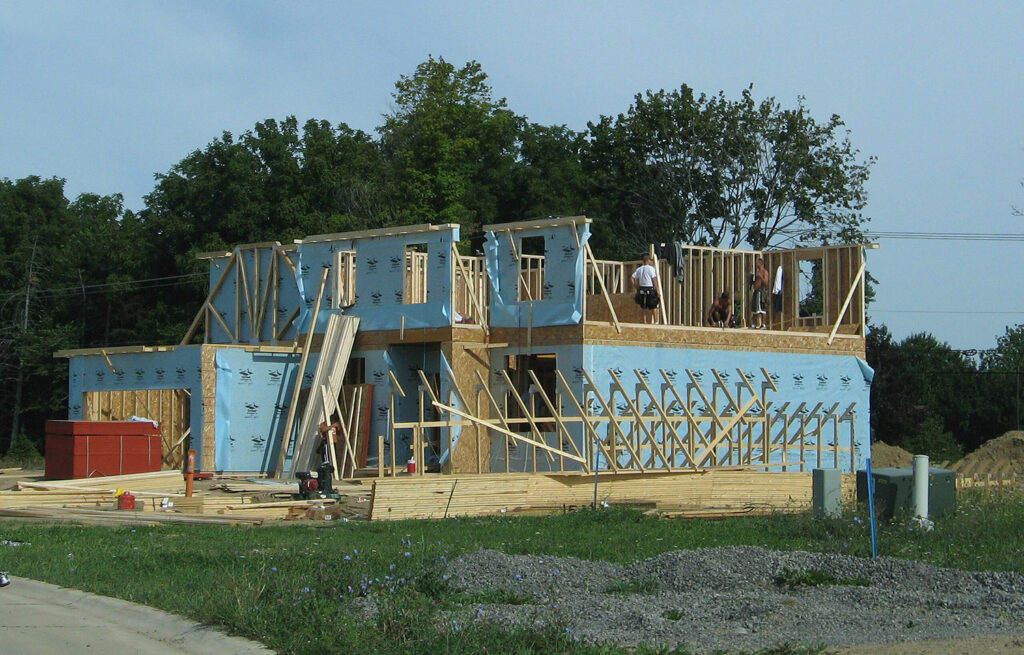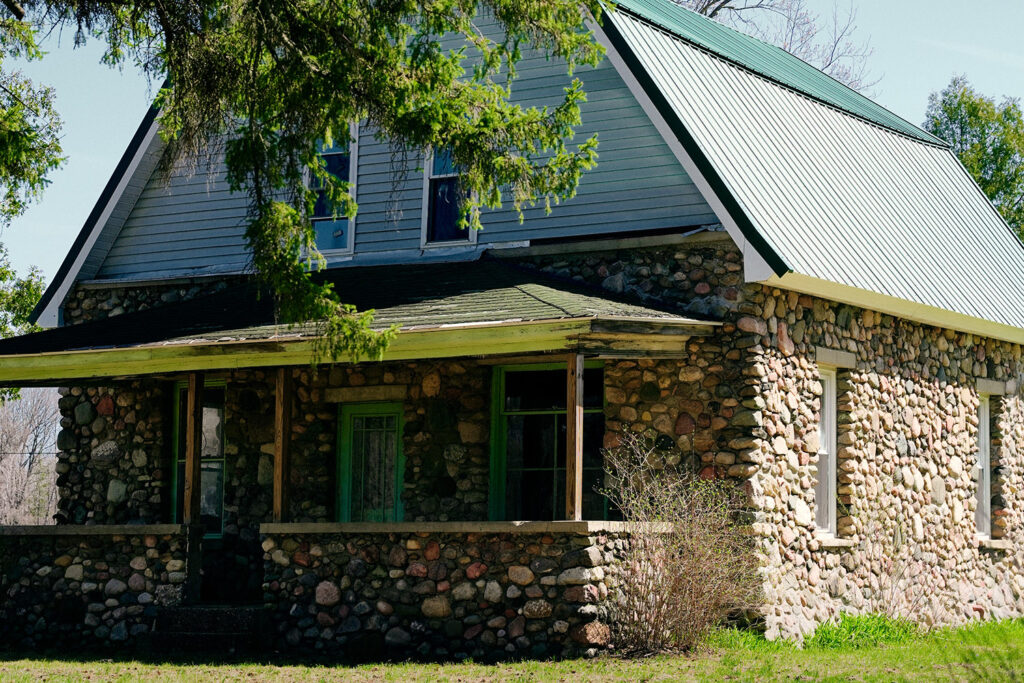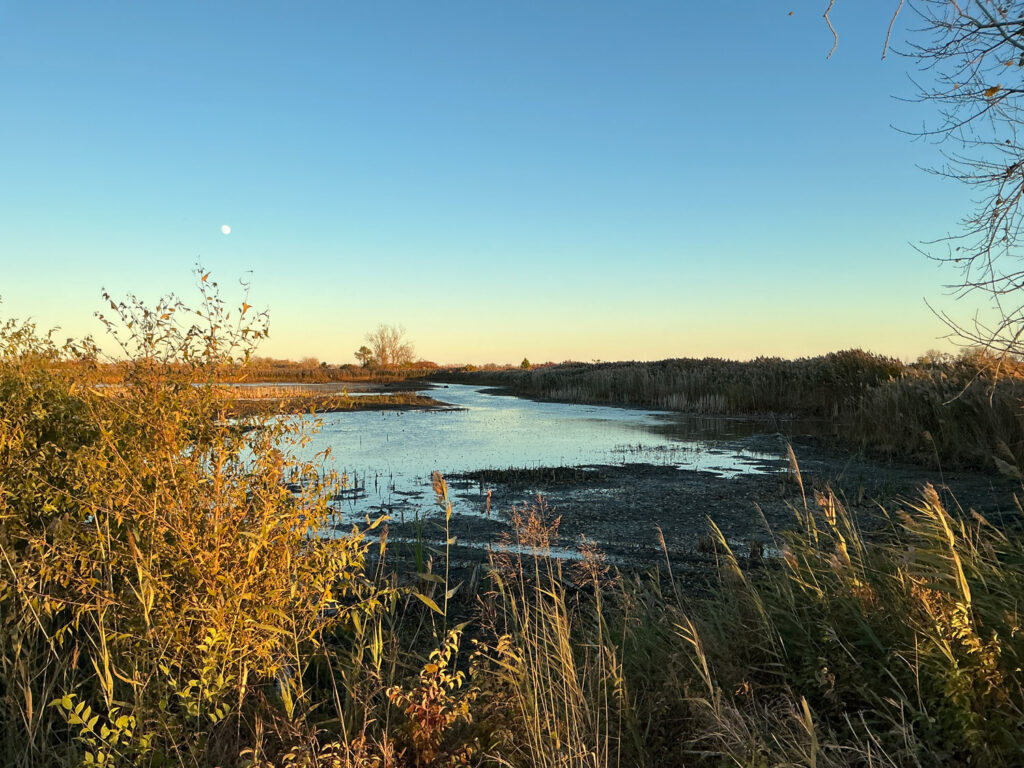Big Rapids — The way we build homes these days is awful.
First, a developer brings in massive machines to scrape the land bare and level it, then they dig out a basement, pour concrete walls that inevitably crack and leak. Next they add in framing to build the main floors. Then it’s to the skies with stick-frame construction, drywall, an asphalt roof. Pour a driveway, install flooring and appliances, some light landscaping, then done.
The wood is likely from the South or the West Coast, the shingles probably come from Texas or North Carolina, and the cement may come from as far away as China.

This is industrial home-building: Massive garage in front, tiny porch out back. Jumbo mortgages and a 50-year shelf life.
Through this method we remake the land while also deleting any noble natural feature. If you didn’t look at the temperature gauge, you could be living outside of Dallas, in the Ann Arbor woods, or in a California valley. Obviously, this is not how we have historically constructed homes.
In the wilds of Michigan, remnants of an older way persist. Driving on the outskirts of Big Rapids, one small home struck me. It didn’t just have a Michigan basement, it had a whole first floor made of field stones cemented together.
The home’s construction was comprehensible. A large field with winter cover stood beside it. You could imagine how that build happened.
After they cleared the timber, likely during the lumber boom that rebuilt the city of Chicago after its great fire, they had to pull up all the boulders and other glacial erratics to farm the field. They probably piled them near where the house now sits.

Once the crops were in and the farmer turned his gaze toward a new dwelling, he saw the potential in that raw material.
He and some friends dug a shallow basement and lined the walls with these cemented-together stones. But he had too many. So he kept going and found he had enough to build a one-story rock house, then slapped a roof on it.
This was no little pig who built his house of sticks. Homes like this can stand for centuries. If you wander around England for 10 minutes, you get a sense for how long these sorts of structures can last.
These are the real Michigan wilderness homes, not the barndominiums popping up on tracts commutable to major cities. Those could be erected anywhere—Salt Lake City, Cincinnati, Atlanta—and they are.
The rock homes emerge from the land and remain part of it. There’s nothing industrial or faceless about them.
Mark Naida is editor of Michigan Enjoyer.



